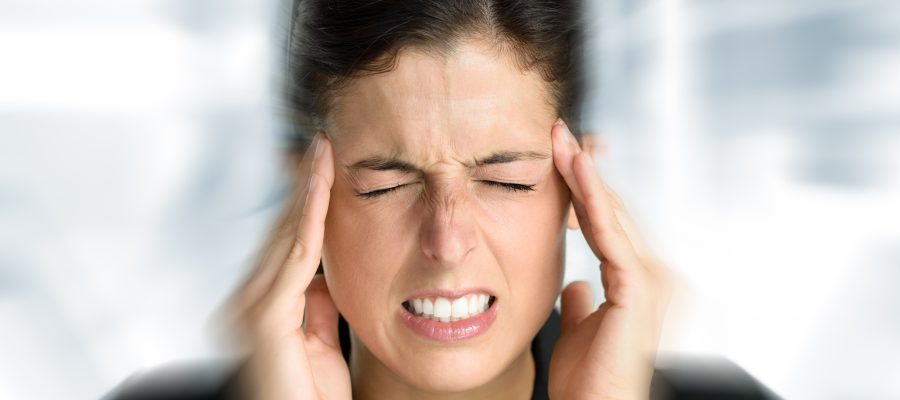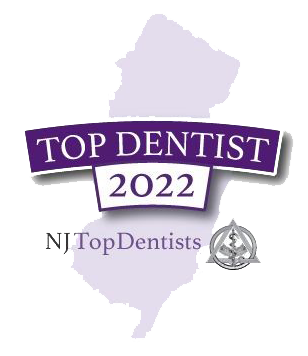
When a Headache is More Than a Headache: Signs of TMD

It has been estimated that about 45 million Americans suffer from headaches each year. And a large number of those people suffer from chronic headaches. But just what does a headache have to do with TMD, which is a disorder that affects the muscles in your jaw?
Regular Headache or TMD Symptom?
TMD, or temporomandibular joint disorder, occurs when chronic stress is placed on the temporomandibular joint (TMJ) of your jaw, causing an imbalance in the jaw muscles. As a result, someone with TMD will often experience frequent headaches. But how do you know if it’s just a headache or if it’s a symptom of TMD?
What to Look for: Symptoms of TMD
Typically, a headache caused by TMD will be accompanied by other telltale symptoms. For example, do you notice pain or tenderness in your face, the side of your jaw, your neck or shoulders or around your ears (especially when chewing or speaking)? Does your jaw make a clicking or popping sound when you open and close your mouth? Is chewing uncomfortable or downright painful? If you notice any or all of these symptoms, you may want to get checked out by a professional. Dr. Ivan Stein, an expert on TMD, offers free consultations at the Headache & TMJ Center of New Jersey.
Other symptoms of TMD include:
- Swelling of the face
- Jaw stuck, or locked, in an open or closed position
- Toothache
- Ringing in the ears
- Dizziness
TMJ Treatments That Are Available
Why suffer from chronic headaches, and even migraines, if you don’t have to? If you suspect that your headaches may be a sign of TMD, there is help available! At the Headache & TMJ Center of New Jersey, Dr. Stein offers orthotic therapy, ultrasound therapy, microcurrent therapy and low-level laser therapy as options for patients with TMJ problems.
Orthotic therapy involves the use of a custom-made dental appliance that the patient wears to keep the jaw in a relaxed position and bring balance to the jaw. The orthotic is typically made from a clear mold, so that it is less noticeable, and is designed to be worn by the patient at all times, though it is not installed in the mouth, so they can take it in and out to clean it.
Ultrasound therapy is a treatment that delivers ultrasound waves to break up any scar tissue in the jaw area in order to reduce any pain and swelling, and to improve circulation.
Microcurrent therapy uses a low electrical current on the jaw joints in order to stimulate the growth of ATP molecules in the area. ATP, or adenosine triphosphate, is a molecule that transfers chemical energy between the cells in the body. This therapy works by relaxing the jaw muscles and releasing lactic acid in the jaw area, acting as a pain reliever.
Low-level laser therapy uses a laser light to trigger ATP molecule production in the muscles and nerves of the jaw, decreasing inflammation and increasing blood flow in the area. This therapy uses a non-heat laser light and accelerates the healing process for the jaw area while providing instant pain relief.
Do you have more questions about this jaw disorder? Do you want to find out more about TMJ therapy? Contact the Headache & TMJ Center of New Jersey to schedule a complimentary consultation. Call (855) TMJ-DOCS or (855) 865-3627 today.

